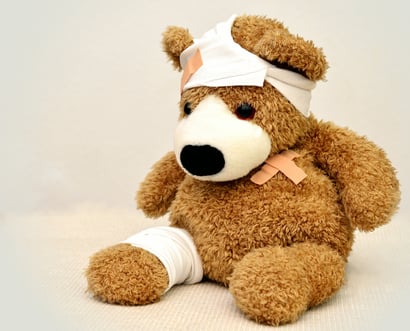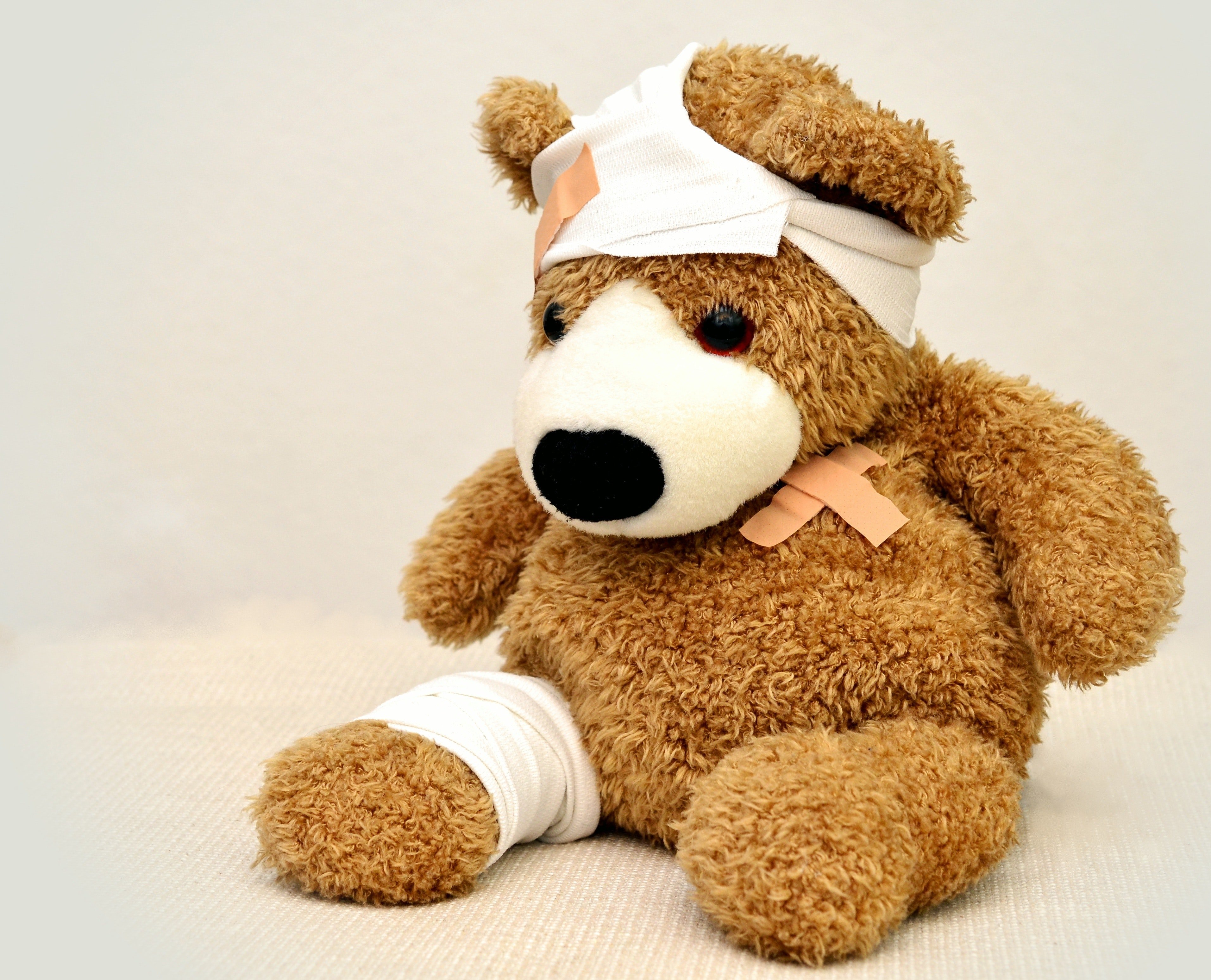-1.png)
EtonHouse Singapore

Children fall ill. It’s normal and builds immunity. But a bout of chicken pox is still a two-week horror show for parents – the stress of taking unscheduled time off work, and having an irritable and uncomfortable child at home.
To save parents some grief, Dr Mas Suhaila Isa, a paediatrician from Kids Clinic, visited EtonHouse Upper Bukit Timah with some handy tips for our mums and dads.
Here’s your guide to three common childhood illness, thanks to Dr Mas, who specialises in paediatric infectious diseases and travel health.
Hand, Foot & Mouth Disease (HFMD)
This usually occurs in children under 10 and lasts from seven to 10 days and manifests as painful mouth sores which starts as blisters and often becomes ulcers. There will also be rashes on your child’s hands and soles of his feet, his buttocks, and/or genitalia.
How it spreads: It spreads from person to person through contact with the nasal discharge, saliva, faeces, and fluids from the rash of an infected person. The disease has an incubation period of three to five days – from when a person is infected to when symptoms show. Adults can also contract HFMD although children are more susceptible.
What to do: There is no specific treatment besides relief of symptoms and no vaccination available but the Health Ministry has a stringent policy to deal with the disease, making sure that they are notified of any cases and that schoolmates who came into contact with an infected child are properly quarantined.
If in contact with an infected child, practice high standards of personal hygiene! Remember to wash your hands with soap and water before and after eating, after using the toilet, and do not sharing food or utensils with an infected person.
Chicken Pox
Chicken pox is a highly contagious virus. It causes blister like rashes which are very itchy, and fevers. This can last from seven to 10 days. Some parents see chicken pox as a rite of passage, and it is usually a mild illness, but chicken pox has the potential to be life-threatening in those with weak immune systems.
How it spreads: Through contact with infected person or airborne transmission.
What to do: Most healthy children do not require specific treatment. Usual measures include isolation of cases and disinfection of environment. To prevent this, bring your child to the PD for a vaccination.
Influenza (Flu)
This is very common in Singapore and can happen throughout the year, unlike in Northern and Southern hemispheres where there’s a transmission pattern. Influenza is a respiratory disease with symptoms similar to that of a cold -- runny nose, sore throat and coughing. It comes with sudden high fever and chills, headache, fatigue and muscle aches. Flus can be severe and potentially life-threatening for young children.
How it spreads: Contact with an infected person, especially in closed environments.
What to do: Get a vaccination! If your child has previously been vaccinated, you just need one dose each year. This can reduce hospitalisation and school absenteeism by 77 per cent, said Dr Mas. You should also bring your child for a vaccination at least two weeks before travelling overseas – and this also works for adults.


